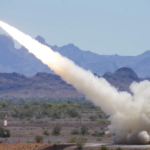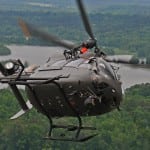
When and if Congress passes a two-year bipartisan spending bill, the Army stands to receive a nearly $7 billion plus-up to its fiscal 2018 budget, most of which will be spent on modernization, according to service officials.The service’s cut of the $25 billion increase in defense spending proposed in the Bipartisan Budget Act is about $6.8 billion, Secretary Mark Esper said Feb. 21.“We’re going to continue to build readiness,” Esper told reporters during a roundtable in his office at the…

 By
By 











